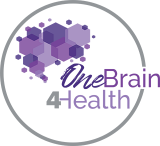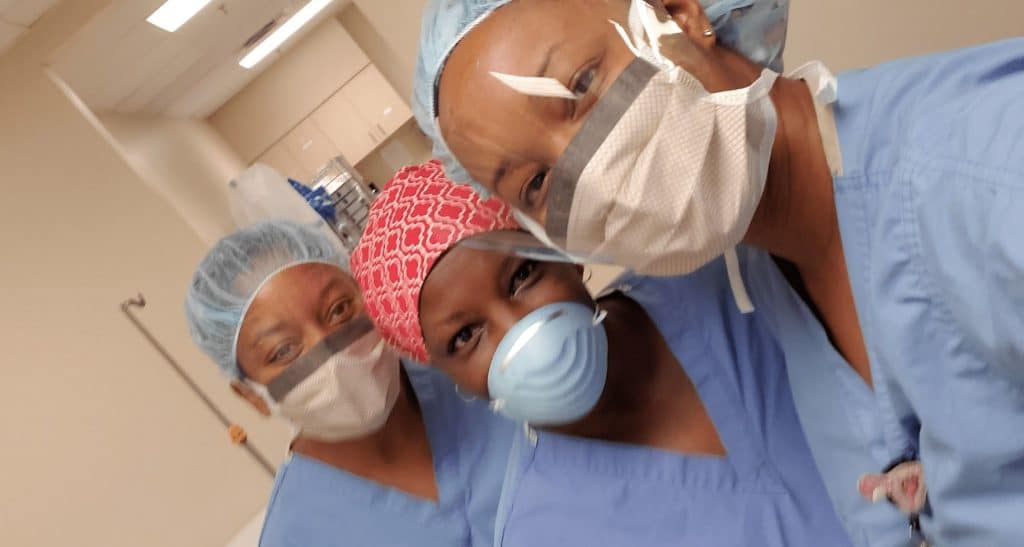I’m a retired veteran and medical epidemiologist from the CDC and a board-certified OB/GYN who loves working in underserved hospitals and FQHCs, and even I never thought it would get to this. The novel coronavirus, COVID-19, has taken us by storm and caught us off-guard. The public health prevention safeguards that I studied, implemented and taught with other scientists during my 21 years at CDC made me confident that a formal, coordinated COVID-19 response would ramp up, like with H1N1, SARS, Ebola and Zika, and that clinical providers would get the reassuring, evidence-based guidance and support we were used to receiving not just from CDC, but also from hospital administrators. But here we are…
Since departing CDC a year ago, I am honored to provide clinical care at an academic medical center with residents and medical students, and also at a community hospital. When we first became aware of rapidly occurring COVID-19 deaths in the U.S., rotating medical students were immediately pulled from hospital wards; that was understandable. They are in training; we must protect them until we know more about what’s going on with COVID-19 so we can ensure their safety. Next, we saw hospital policies develop that would remove residents from cases where a patient was known to be COVID-19 positive. Okay, our residents are still in training, and we must protect them too until we know more about what’s going on. Then, as COVID-19 positivity and mortality increased in the U.S., hospital guidance started evolving from— providers seeing patients with symptoms don’t need full personal protective equipment (PPE) every time, to the N95 mask is not needed during all deliveries, just for cesarean sections under general anesthesia, to it’s okay if you reuse your N95 for days or weeks, to “In settings where facemasks are not available, healthcare providers (HCP) might use homemade masks (e.g., bandana, scarf) for care of patients with COVID-19 as a last resort. However, homemade masks are not considered PPE, since their capability to protect HCP is unknown.” 1 And suddenly, we all, but especially the residents, felt let down by our one last hope for scientific credibility and support for stronger PPE efforts. I responded to this CDC published guidance by digging into the literature to gather evidence and to reassure our junior colleagues. Not only did I not find evidence in support of the new homemade facemask guidance, I found multiple statements about the lack of information about pregnancy and COVID-19 in general.2 Inadequate evidence usually means that we err on the side of caution and that we do everything possible to be maximally protected during medical procedures for the safety of our patients and each other, especially our junior colleagues.
In the fast-paced early days of COVID-19, many residents felt abandoned by policies and administrators that didn’t seem to prioritize their safety. Residents are often the frontline providers for women who present in labor or to triage with an unknown secondary COVID-19 disease process that is sometimes asymptomatic. With global and domestic reports of physician and nurse caregivers succumbing to COVID-19, some residents understandably said, “I didn’t sign up for this.” Many attendings too… Not in a panicked way, but in way that calmly underscored how little data we had in this new era of COVID-19. Before there was a leap to the written policy instructing OB providers to possibly be in situations that put us at risk, there should have been more conversation, more listening, more exploration, more advocacy from seasoned, mentoring physicians for more protective policies when the COVID-19 learning curve was very steep.
In medical school, residency training and my public health fellowship training, during the early days of the HIV epidemic when we knew very little about HIV (1990s), I had the joy of being mentored, protected and supported by physicians, midwives and epidemiologists who led by example and who kept me out of harm’s way while teaching me about the joys of taking care of patients. Every day, I am thankful for the wisdom and guidance of Drs. Janet Mitchell, Arlene Bardeguez, and Bill Jenkins; they were mentoring warriors. COVID-19 is an opportunity for us to pay these important mentoring lessons forward in a way that protects and strengthens our junior colleagues’ love for this path without them feeling disillusioned.
As we grapple with this new space created by the mystery and trauma of COVID-19, there are frequent questions and conversations with the residents. They, like many of us, are feeling uncertain and perhaps a little scared. Let’s continue to uncover and share the rapidly-evolving evidence with policy makers and administrators while we mentor and advocate for each other. For me, that looks like: 1-reassuring junior residents who want to feel comfortable administering patient care during this uncertain time, so they should wear whatever PPE is available to them that makes them feel comfortable; 2-until we know more about COVID-19 transmission, it is not unreasonable to wear N95 masks during all deliveries and non-elective surgeries, if that what makes them feel protected; 3-making sure they have opportunities to decompress. Not only are we seeing and hearing highly stressful situations in day-to-day patient care, but many of us are also communicating with and checking on loved ones and colleagues who are also being directly impacted by COVID-19. It takes a toll.
We are going through a pandemic that is unprecedented in its intensity, wrath and required altered lifestyle. We will only get through this if the compassion that we show our patients is also what we show to our junior colleagues and each other. For many of us, now is the time to be that mentor we either had or always wished we had to help our junior colleagues make it to the next level still with a fire in the belly for this work. As we’re processing the enormity of what’s going on around us, let’s not let our junior colleagues down. A tall order, I know, but this is what we do…
References
- Strategies for Optimizing the Supply of Facemasks. Available at: https://www.cdc.gov/coronavirus/2019-ncov/hcp/ppe-strategy/face-masks.html. Accessed March 29, 2020.
- Information for Healthcare Providers: COVID-19 and Pregnant Women. Available at: https://www.cdc.gov/coronavirus/2019-ncov/hcp/pregnant-women-faq.html. Accessed March 29, 2020.

